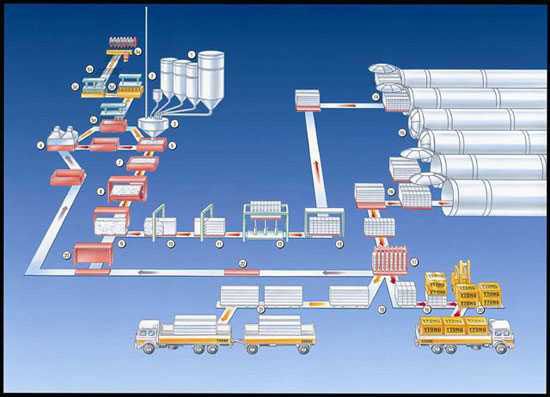-
 Kipunji
Kipunji
-
 Hedged farmland
Hedged farmland
-
 Voice synthesis
Voice synthesis
-
 Transmission electron microscope
Transmission electron microscope
-
 Dysplasia
Dysplasia
-
 Holothurian
Holothurian
-
 Alfvén waves
Alfvén waves
-
 Sonoluminescence
Sonoluminescence
-
 Fuselage
Fuselage
-
 Allosaurus
Allosaurus
-
 Missile
Missile
-
 Gastroscopy
Gastroscopy
-
 Electronic data interchange
Electronic data interchange
-
 Retified wood
Retified wood
-
 Mauritian flying fox
Mauritian flying fox
-
 Spitzberg
Spitzberg
-
 Information
Information
-
 RNA polymerase
RNA polymerase
-
 Cementation
Cementation
-
 Apastron
Apastron
-
 Magnesiowüstite
Magnesiowüstite
-
 Schrödinger equation
Schrödinger equation
-
 Lithium-bearing
Lithium-bearing
-
 Fresh water
Fresh water
-
 Plant litter
Plant litter
-
 Specific impulse
Specific impulse
-
 Selectron
Selectron
-
 Falconry
Falconry
-
 Diachronous
Diachronous
-
 Cecidium
Cecidium
Embodied energy
The concept of embodied energy appeared in the wake of the HQE (Haute Qualite Environnementale, or High Quality Environmental standard) during the 1970s. It corresponds to the amount of energy used for a product from its conception phase through to its recycling or destruction. Commercialisation or service activities, product use and implementation are some of the criteria considered. The resulting figure allows one to conscientiously choose materials that best respect the environment in each sector. Thus, for insulation material to be considered ecological, it must come from a renewable source, and its collection or extraction must not damage the environment. Likewise, its production must not consume a lot of energy. Finally, it must be entirely recyclable and, as far as possible, produced locally in order to limit transport needs.
Embodied energy, also known as Life Cycle Analysis (or LCA), has become an important selection criterion in construction. In 2002, AFNOR drew up a specific environmental quality standard which includes the energy content of consumer goods : particularly household appliances.
 Diagram of a product’s life cycle. The product’s embodied energy is calculated using a global analysis. – Source: Xella-Thermopierre
Diagram of a product’s life cycle. The product’s embodied energy is calculated using a global analysis. – Source: Xella-Thermopierre
Latest
Fill out my online form.



